Lipid Profile Analysis
Cholesterol is a solid alcohol of high molecular weight and possesses the tetracycline, Perhydrocyclopentanophenanthrene skeleton. Cholesterol is the initial starting point in many metabolic pathways. These include vitamin-D synthesis, steroid hormone synthesis and bile acid metabolism. It is widely distributed in various animal tissues and vegetable oils and consumed with food. It can also be synthesized in the liver, is a normal constituent of bile, and is the principal constituent of most gallstones. It is important in metabolism; serving as a precursor of various steroid hormones mainly sex hormones and adrenal corticoids.
Serum cholesterol is found in two forms esterified cholesterol and non-esterified cholesterol. As esterification of cholesterol is closely related to liver function, a fall of esterified cholesterol reflects liver disorder. The non-esterified free cholesterol is precipitated by digitonin. The value of esterified cholesterol is determined from the difference of total cholesterol and free cholesterol. There is a decreasing demand for reporting the esterified cholesterol and hence, the routine determination only calls for the analysis of total cholesterol which is discussed here.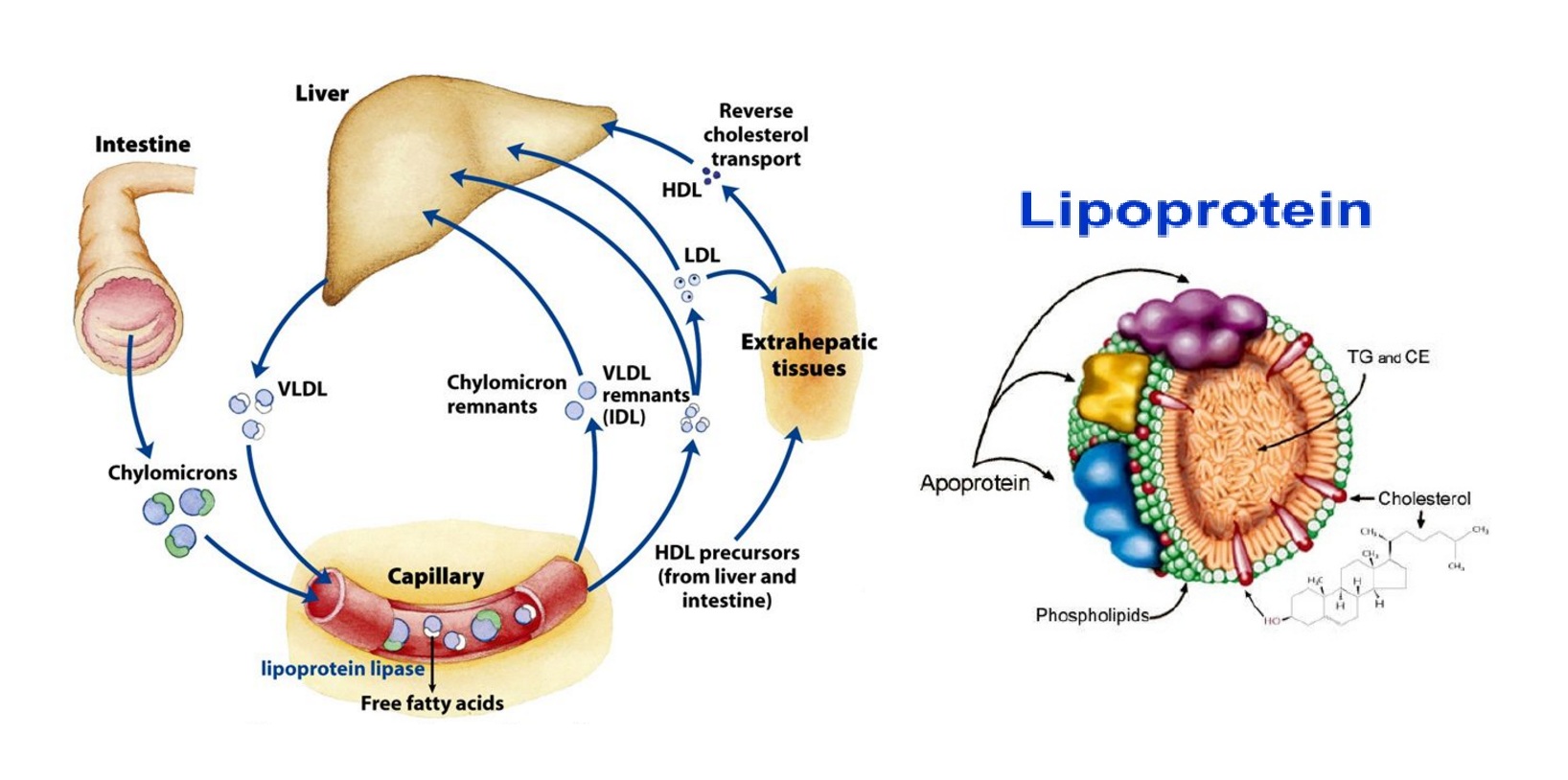 Cholesterol is a fat-like substance that is found in every cell of the body. Cholesterol present in the intestinal wall comes from three sources : the Diet, Bile & intestinal secretions and Cells. Animal products, especially meat, egg yolk, seafood and whole-fat dairy products, provide the bulk of dietary cholesterol. Cholesterol is carried through your bloodstream by carriers made of fat (lipid) and proteins called lipoproteins. Healthy cholesterol levels in the body can protect against heart attack and stroke. However, as the saying goes too much of a good thing is bad, similarly, too much of cholesterol is bad. Too much of cholesterol can lead to a heart attack or stroke. Cholesterol is carried through bloodstream by carriers made of fat (lipid) and proteins called lipoproteins. There are two types of lipoproteins:
Cholesterol is a fat-like substance that is found in every cell of the body. Cholesterol present in the intestinal wall comes from three sources : the Diet, Bile & intestinal secretions and Cells. Animal products, especially meat, egg yolk, seafood and whole-fat dairy products, provide the bulk of dietary cholesterol. Cholesterol is carried through your bloodstream by carriers made of fat (lipid) and proteins called lipoproteins. Healthy cholesterol levels in the body can protect against heart attack and stroke. However, as the saying goes too much of a good thing is bad, similarly, too much of cholesterol is bad. Too much of cholesterol can lead to a heart attack or stroke. Cholesterol is carried through bloodstream by carriers made of fat (lipid) and proteins called lipoproteins. There are two types of lipoproteins:
- Low-density lipoprotein (LDL): LDL is the harmful (bad) type of cholesterol. If there is too much LDL cholesterol in the blood, it accumulates along the walls of your blood vessels or arteries, forming plaque. This can raise your chances of a heart attack or stroke.
- High-density lipoprotein (HDL): HDL is the beneficial (good) type of cholesterol. HDL helps to remove excess cholesterol from your peripheral bloodstream and return it to the liver where it is broken down and passed out of the body.
The symptoms of high cholesterol levels includes chest pain or angina, heart attack, stroke, pain while walking caused by the blocked arteries that that are unable to send blood to the legs. The determination of serum cholesterol is considered to be significant in coronary artery disease, hyperlipoproteinaemias, hypothyroidism, nephrosis, diabetes mellitus and various liver diseases. Under these pathological conditions, an elevated level of cholesterol is reported. Low serum cholesterol is associated with pernicious anaemia ,haemolytic jaundice, malnutrition, acute infections and hyperthyroidism. The level of cholesterol is affected by stress, age, sex, hormonal balance and pregnancy. If there is too much LDL cholesterol in the blood, it accumulates along the walls of your blood vessels or arteries it can slowly build in the arteries and makes them narrower.
As cholesterol deposits accumulate, the arteries harden and grow further narrower. The hardening does not allow them to dilate to the fullest capacity, thus, restricting the blood flow to the heart. At times the cholesterol deposit or plaque can completely block the arteries, which can result in heart attack or heart failure. The plaque also tends to burst, forming blood clots, which block the blood flow to the heart. This can cause chest pain, also known as angina, or a heart attack.
Risk factors for High blood cholesterol :
- Poor diet : Consuming saturated fat found in the following food items can raise your cholesterol levels:
- Dairy products such as, butter, cream, ghee, regular-fat milk and cheese,
- Fatty cuts of beef, pork and lamb, processed meats like salami, sausages and the skin on chicken
- Commercially baked cookies and crackers, cream-filled candies
- Gender : Men above 45 years of age and women over 50 years of age have more susceptible to high cholesterol level and increases the risk of a heart attack. Women who have crossed their menopausal age. Their LDL levels tend to increase after menopause. This increases their risk of heart disease. People who have a family history of heart disease.
- Obesity : People suffering from obesity are at a high risk of suffering from high levels of cholesterol and subsequently, heart diseases. A body mass index (BMI) of 30 or higher puts you at an increased risk of high cholesterol.
- Large waist size : The risk of high cholesterol level increases if you are a man with a waist circumference of at least 40 inches or a woman with a waist circumference of at least 35 inches.
- Lethargic lifestyle : Leading a sedentary lifestyle increases the risk of cholesterol formation. Exercising regularly, on the other hand, keeps LDL or the harmful cholesterol in check.
- Smoking : Smoking reduces HDL or the good cholesterol. It injures and even damages the inner lining of the arteries, making it easier for cholesterol and other fats to stick to the blood vessels. This can increase the risk of heart disease, hypertension and stroke.
- Diabetes mellitus : Diabetes mellitus increases the LDL cholesterol and decreases the HDL cholesterol in the body. It damages the arteries and increases the risk of a heart attack.
Special Note – Lipid Profile Test :
- Total Lipid : 400 – 1000 mg/dl
- Serum Total Cholesterol : 150 – 239 mg/dl
- Desirable : <200 mg/dl
- Borderline : 200-239 mg/dl.
- Serum Triglyceride : 40 – 140 mg/dl
- Serum HDL Cholesterol :
- Male : 30-60 mg/dl
- Female : 40-70 mg/dl
- Serum LDL Cholesterol : < 160 mg/dl
- Total Cholesterol / HDL ratio : Upto 5.0
- Serum VLDL Cholesterol (TG/5) : < 35 mg/dl
- Serum Phospholipids : 155 – 275 mg/dl (>18 years old)
Although serum is preferred for enzymatic assay, plasma can also be used. Fluoride, Oxalate, EDTA or other anticoagulants are used for colorimetric analysis. The serum specimen for cholesterol determination should be used as far as possible on the same day. The specimen is stable for a week if refrigerated (2°C to 8°C) and for one month if frozen (-10°C). Gross contamination at any stage makes the specimen unsuitable for cholesterol determination. The samples should be brought to room temperature before use. High concentrations of hemoglobin, bilirubin and creatinine can interfere with the cholesterol determination, particularly for the colorimetric method.
TOTAL CHOLESTROL MEASUREMENT
Serum Total cholesterol is increased in idiopathic hypercholesterolemia, hyperlipoproteinaemia, obstructive jaundice, hypothyroidism, nephrosis and diabetes mellitus. Serum Total cholesterol is decreased in severe liver damage, hyperthyroidism, chronic anaemia, and cortisol therapy, hypo-ß- lipoproteinemia and in tangier’s disease. Hypercholesterolemia is known to be associated with an increased risk of Coronary Heart Disease (CHD). Serum cholesterol is temporarily reduced during acute illness. Immediately following a heart attack, or during stress like surgery or an accident.
Cholesterol is high in pregnancy; cholesterol does not change in response to single meal. It does change in response to change in long-term patterns of eating. Some drugs, which increase cholesterol levels, include anabolic steroids, ß-blockers, epinephrine, oral contraceptive and vitamin D.
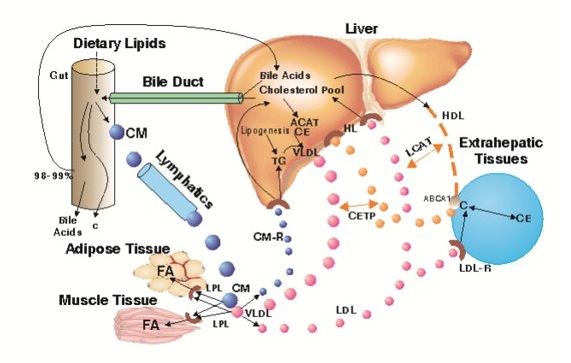
 Method :
Method :
Enzymatic, End point assay.(CHOD-PAP method).
Principle :
Cholesterol esters are hydrolyzed by Cholesterol Ester Hydrolase to free cholesterol & fatty acids. The free cholesterol produced and pre-existing one are oxidized by cholesterol oxidase to Cholestenone-4 en-3 one and hydrogen peroxide. Peroxidase acts on hydrogen peroxide and liberated oxygen reacts with the Chromogen (4-Aminophenazone/ phenol) to form a red coloured compound (Quinoneimine dye). Absorbance of the produced colour is measured at 505 nm is directly proportional to the cholesterol concentration in the serum specimen. 
Requirements :
- Reagents:
- Cholesterol mono-reagent:
- Cholesterol oxidase
- Cholesterol esterase
- Peroxidase
- 4-aminoantipyrine
- Stabilizer
- Cholesterol Std.- 200 mg/dl
- Cholesterol mono-reagent:
- Test tubes and racks.
- Pasteur Pipettes
- Disten graduated pipette.
- Micropipette with tips
- Tissue paper
- Timer
- Centrifuge machine
- Colorimeter machine
- Incubator machine
Procedure:
- All the reagents are brought to the room temperature before the test.
- Three dry and clean test tubes are taken and marked as Blank (B), Standard (S), and Test (T).
- Dispense the Working reagent, Cholesterol Standard, Distilled water & Serum in the above mention test tube respectively.

- Then mixed well and incubated at 37°C for 10 minutes or room temperature for 30 minutes.
- The absorbance of the Test and Standard are measured against Blank in the colorimeter at 510 nm (500-530 nm, green filter).
- Calculations : Standard concentration may be selected as per the absorbance of the test in case of higher absorbance of the test in case of higher absorbance higher concentration is taken.

HDL CHOLESTEROL MEASUREMENT
Although increases in total cholesterol are generally associated with the risk of developing coronary heart disease. HDL cholesterol concentration however, negatively correlate well with the risk of CHD and are widely accepted as the best single predictor of risk. The serum HDL cholesterol concentration may be affected by moderate to vigorous exercise, hormone, smoking, age, sex, very high carbohydrate diet and uncontrolled Diabetes mellitus etc.
Method:
PEG-CGoD/PAP Enzymatic method.
Principle:
Low and very low density lipoprotein are precipitated by a solution containing PEG 6000, leaving behind High Density Lipoproteins in solution. HDL cholesterol is estimated in the supernatant by a series of enzymatic reactions. Which are initiated by oxidation of cholesterol to cholesteone by cholesterol oxidase, accompanied by the formation of Hydrogen peroxide. In a second reaction catalyzed by peroxidase, 4-Aminoantipyrine and phenol react with Hydrogen peroxide to form red colored Quinoneimine. Absorbances are measured at 505 nm & the absorbance of the test is directly proportional to HDL cholesterol concentration in the serum sample.
Requirement:
- Reagents:
- HDL cholesterol standard- 50 mg/dl.
- Enzyme Reagent ІІ
- Phenol
- Sodium Chloride.
- Buffer solution (pH-6.9)
- Enzyme reagent І
- Cholesterolexterase
- Cholesterol Oxidase
- Peroxidase
- 4-Amino Antipyrine
- Test tubes and racks.
- Pasteur Pipettes
- Disten graduated pipette.
- Micropipette with tips
- Tissue paper
- Timer
- Colorimeter machine.
- Incubator machine.
Procedure:
- All the reagents are brought to the room temperature before the test.
- Three dry and clean test tubes are taken and marked as Blank (B), Standard (S), Test (T).
- The procedure is done by two steps.
- HDL cholesterol separation by precipitating method.
- Cholesterol determination by enzymatic method.
- A clean and dry test tube is taken and reagent and specimen are dispensed.

- Mixed well and wait the for 10 min at room temperature then centrifuge the mixture at 200 rpm for 15 min.
- Three dry and clean test tubes are taken and marked as Blank (B), Standard (S), and Test (T).
- Dispense the Working reagent, Cholesterol Standard, Distilled water & Serum in the above mention test tube respectively.

- Then mixed well and incubated at 37°C for 10 min or room temperature for 30 min.
- The absorbance of the test and standard are measured against Blank in the colorimeter at 510 nm.
- Calculation : Standard concentration may be selected as per the absorbance of the test in case of higher absorbance of the test in case of higher absorbance higher concentration is taken.

LDL CHOLESTEROL MEASUREMENT
The lipoproteins present in human serum are chylomicrons, VLDL (very low density lipoprotein), LDL(low density lipoprotein ), HDL(high density lipoprotein). All these different classes of lipoprotein have very distinct &varied effect on coronary heart disease risk. LDL, unlike HDL cardio protective action has atherosclerotic effect & acts as a key factor in the pathogenesis of CHD.
Method :
LDL Cholesterol Direct Method.
Principle:
LDL cholesterol direct is ready to use two reagent system set for enzymatic determination of LDL cholesterol in human serum or plasma.
In the first step HDL, VLDL & chylomicron are eliminated & transformed to nonreaction compounds under specific condition for the reaction. By the second reagent only the LDL cholesterol is subject to colour reaction.
Requirement:
- Reagents:
- R1 & R2
- HDL cholesterol standard- 50 mg/dl.
- Test tubes and racks.
- Pasteur Pipettes
- Disten graduated pipette.
- Micropipette with tips
- Colorimeter machine.
- Incubator machine.
Procedure:
- All the reagents are brought to the room temperature before the test.
- Three dry and clean test tubes are taken and marked as Blank (B), Standard (S), Test (T).
- The procedure is done by two steps.
- HDL cholesterol separation by precipitating method.
- Cholesterol determination by enzymatic method.
- A clean and dry test tube is taken and reagent and specimen are dispensed.

- Mixed well and wait the for 10 min at room temperature then centrifuge the mixture at 200 rpm for 15 min.
- Three dry and clean test tubes are taken and marked as Blank (B), Standard (S), and Test (T).
- Dispense the Working reagent, Cholesterol Standard, Distilled water & Serum in the above mention test tube respectively.

- Then mixed well and incubated at 37°C for 10 min or room temperature for 30 min.
- The absorbance of the test and standard are measured against Blank in the colorimeter at 510 nm.
- Calculation : Standard concentration may be selected as per the absorbance of the test in case of higher absorbance of the test in case of higher absorbance higher concentration is taken.

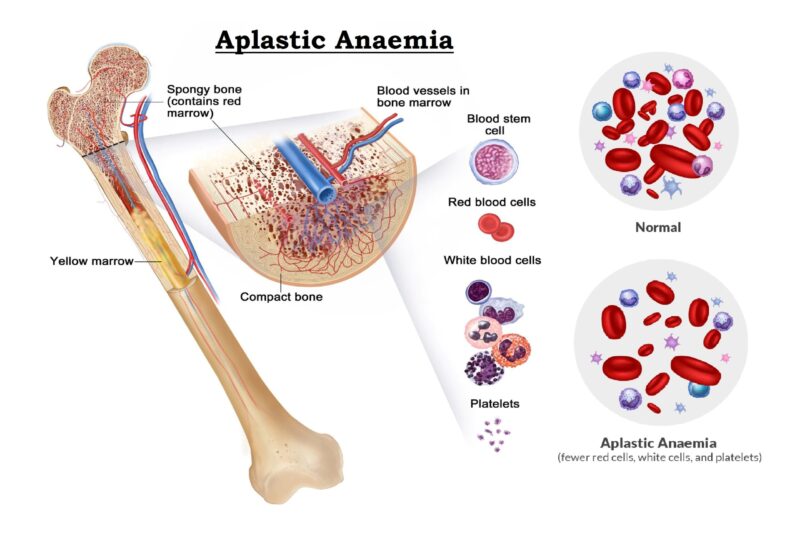
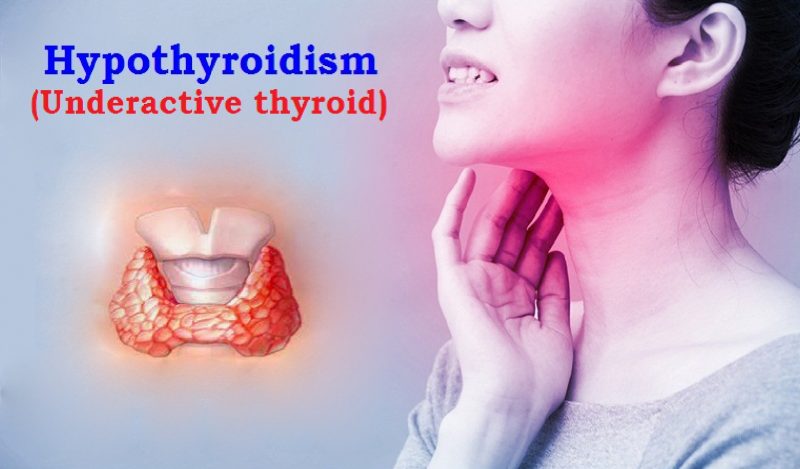

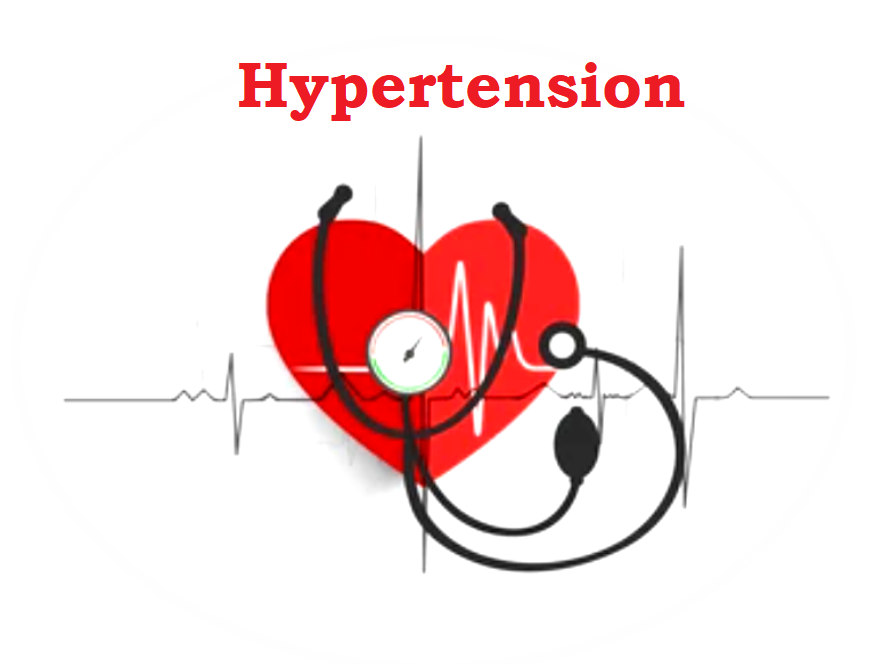

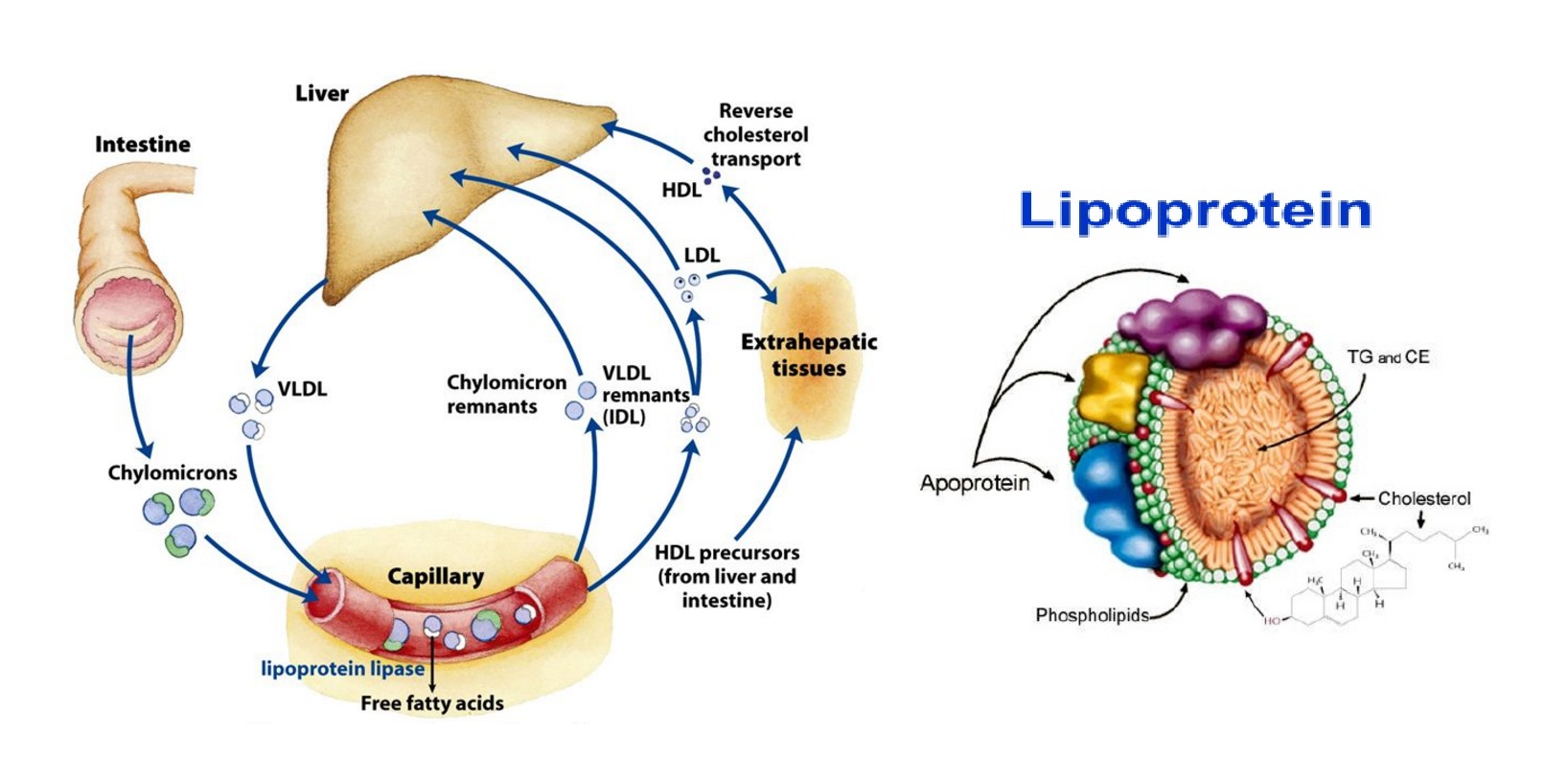
Good job! You thoroughly covered everything with this post. I would like to read more by you.
Hey I discovered your blog using msn. That is a really smartly written article. I’ll be sure to bookmark it and come back to read extra of your useful info. thanks